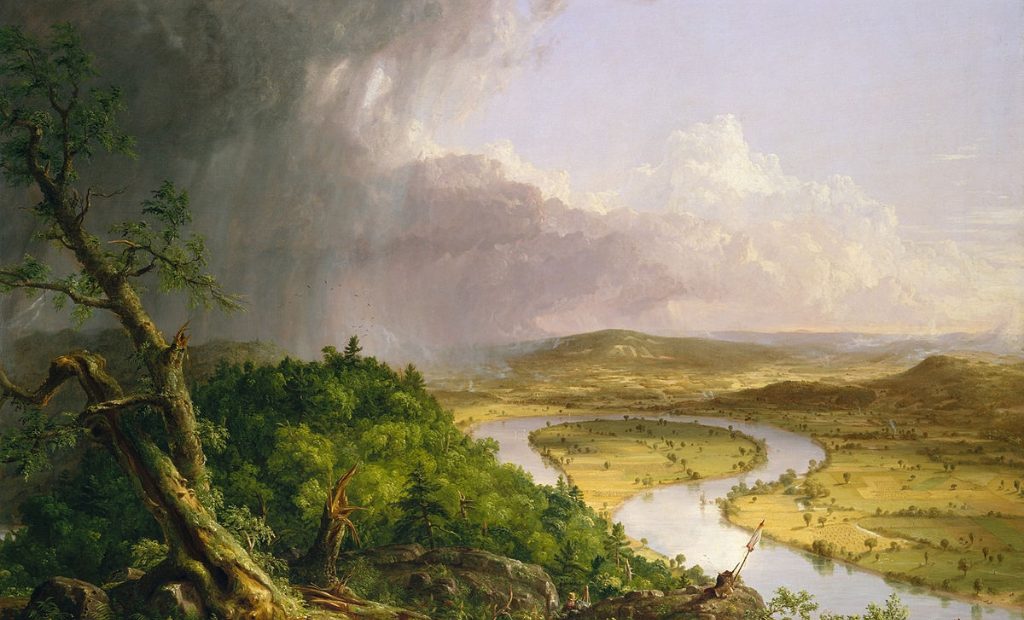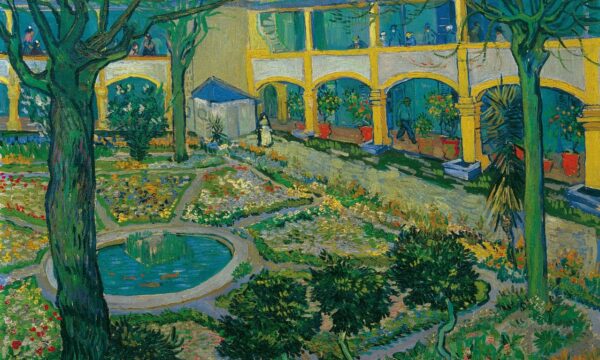Thomas Cole: Eden to Empire at the National Gallery

Thomas Cole (1805-1848), the father of American painting, was actually born in England. Growing up in Lancashire until the age of 17, his family then moved to the New World in search of a better life. Here, Cole dedicated himself to the pursuit of a career as an artist, blending the lessons of European aesthetics with the expansive possibilities of the American landscape to develop a style of painting that would influence generations of US artists to come, from the Hudson River School to Ed Ruscha.
Strangely, though, Cole is barely known in the UK, even though he spent much of his life here or travelling in Europe. The new exhibition at the National Gallery (developed in collaboration with the Metropolitan Museum of Art in New York) attempts to change that by highlighting the painter’s transatlantic connections and placing him in the context of his English contemporaries, such as Constable and Turner.
The effect is somewhat mixed. The leading lights of British art initially appear to be significantly more exciting than Cole, at least in terms of technique and expression; compared to Turner’s subtle plays of light and colour, or Constable’s rough oil sketches of cloudy skies, Cole’s work seems conservatively polite and precise. At a glance, his paintings appear unfashionable and lacking in freshness.
This is a shame, however, as the exhibition begins to make clear once it gets going, because the content of the artist’s work is surprisingly engaging and speaks deeply to many of the most pressing concerns of our current age. His paintings benefit from closer inspection, revealing a wealth of detail, symbolism and painterly charm.
Cole was a highly political artist, for whom landscape was not merely an aesthetic experience but a place on which sociocultural developments are inscribed. While early American pioneers and politics saw the landscape as something to be claimed, colonised and exploited, Cole was at the forefront of a changing way of thinking that was critical of human destruction of the natural world, inspired in part by the European Romantics and Edmund Burke’s notions of the sublime. His famous work The Oxbow shows agricultural and wild land sitting side by side, simultaneously suggesting both an uneasy harmony and a pressing tension, a storm about to break.
Cole’s politicised, proto-environmental concerns are shown nowhere more clearly than in his painting cycle The Course of Empire, which shows the rise and fall of a civilisation. The cycle starts with its early Edenic days – although even here a threat to the natural order is indicated by the presence of a soldier and the development of the arts – and continues through a vainglorious, self-destructive society where monumental architecture blots out the landscape. It ends with the fallen pillars being reclaimed by nature, echoing the aesthetic ruins so loved by the Romantics.
By messing with nature, Cole seems to be telling us presciently, we will only engineer our own doom.
Anna Souter
Thomas Cole: Eden to Empire at the National Gallery is at from 11th June until 7th October 2018. For further information visit the exhibition’s website here.






















Facebook
Twitter
Instagram
YouTube
RSS